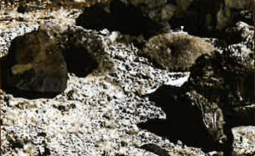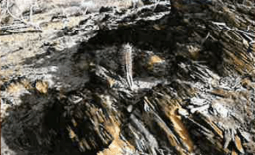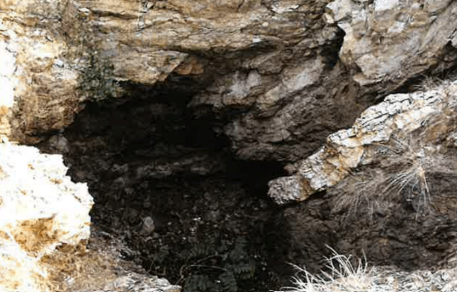The formation of gold deposits in Aruba was a result of millions of years of volcanic activity. During this process, minerals like quartz, iron, gold, copper, and silver crystallized within quartz veins found in Aruba’s rock formations. These veins were later mined in Miralamar, Bushiribana, and Matividiri.

These quartz veins became the foundation of Aruba’s gold mining industry, with numerous abandoned mines, locally called “bena”, still visible today.

The gold deposits in Aruba resulted from volcanic activity, mineral crystallization, and geological shifts. This led to the discovery of gold-rich quartz veins, later mined in Miralamar, Bushiribana, and Matividiri. Today, the remnants of Aruba’s gold mines remain a testament to its fascinating geological history.
